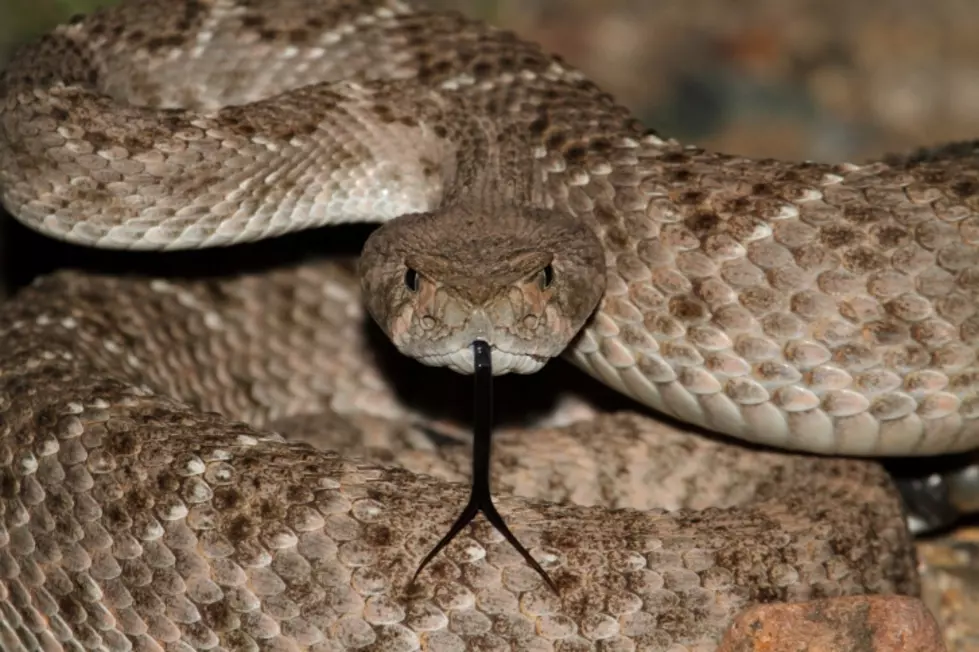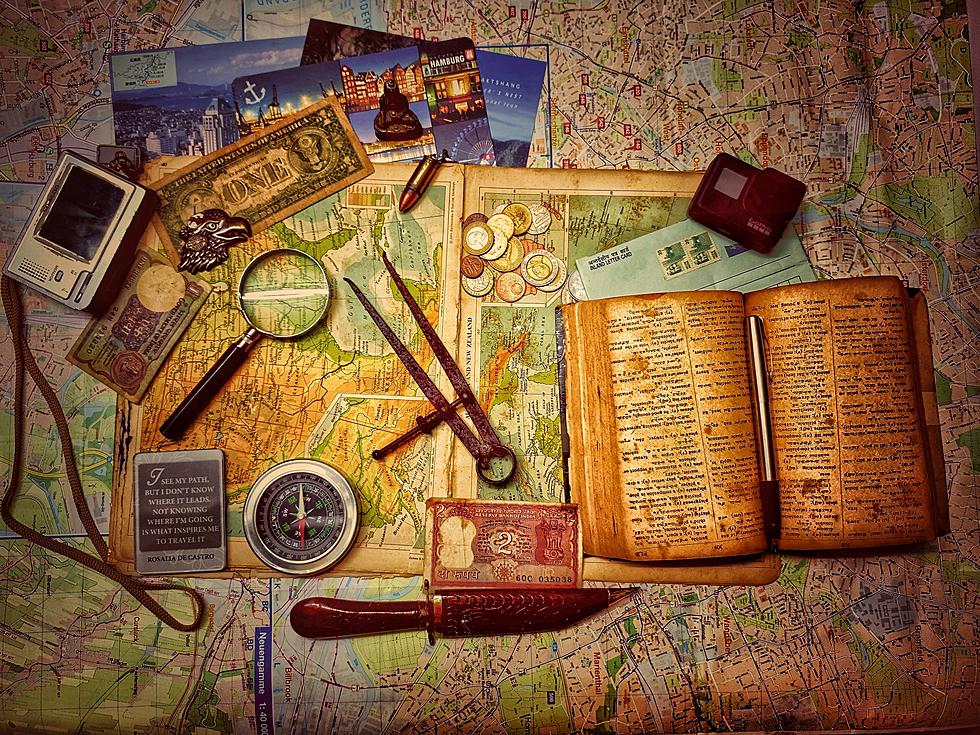
3 Snakes You’ll Meet in the Boise Foothills and Which One is Dangerous
If there's one thing about going for a run in the Boise Foothills that gives me the heebie-jeebies, it's the possibility of coming across one of these slithery guys!
If you see me hanging out with our friend Tyler from Reptile Adventures at an event like Canyon County Kids Expo, I'm normally the first DJ to volunteer when he asks who wants to hold one of the snakes. When it comes to snakes in captivity, I've got no qualms about playing along. Snakes in nature? Totally different story. Now that my marathon coach has moved me from the Greenbelt to the foothills, my snake anxiety is at an all time high!
Luckily, chances are MOST of the snakes you'll encounter when you're out for a run or hike in the Boise Foothills are relatively harmless. According to the Idaho Statesman, these are the three snakes you might just bump into during the spring and summer months!
Western Rattlesnake
Also known as the Northern Pacific rattlesnake, these are exceptionally creepy. Why? Because while they prefer rocky hillsides and rocky areas in grasslands, they can also swim and maybe found in water. According to California Herps, these snakes have triangular heads with black stripes from their eyes to mouth (although, I'm not getting close enough to see that for myself.) The dark splotches on their backs are separated by lighter bands and can vary in color from olive-green, gray, brown, golden, reddish brown, yellowish or tan. Their rattle is a dead giveaway that it's a rattlesnake.
Are they dangerous?: Yes. These are the only venomous snakes in Idaho and if you're bit by one, you should seek immediate medical attention just in case it injected venom into your body. According to Turtle Bay Exploration Park, most rattlesnake bites in the United States are dry bites but you don't want to roll the dice on your bite. About six people a year die from venomous snake bites.
Gophersnake
Also known as bullsnakes, these are the ones you're most likely to see in the Foothills. According to Idaho State University's Digital Atlas of Idaho, these guys are light colored with contrasting dark saddles. They're a little intimidating because they're the largest snakes in Idaho and often get confused with Western Rattlesnakes. An easy way to tell them apart (you know, other than it's obvious lack of a rattle,) is to look at their eyes. Gophersnakes have round pupils, while rattlers have more cat-like pupils.
Are they dangerous?: Generally, no. Normally if they attack, they attack with their mouths closed but they can bite. Those hurt, but they're non-venomous so you won't be poisoned.
Terrestrial Garter Snake
According to ISU, these guys are normally an olive to grayish-green on top and yellow to cream on their bellies. They've usually got a single lateral stripe on each side of them too. Like the gophersnake, they have round pupils. You're more likely to find them around water sources because they like to eat tadpoles, frogs and fish, but they can and will wander away from water.
Are they dangerous? They're considered harmless to humans, but if bit you may experience some mild swelling or itchiness.
More From 107.9 LITE FM









